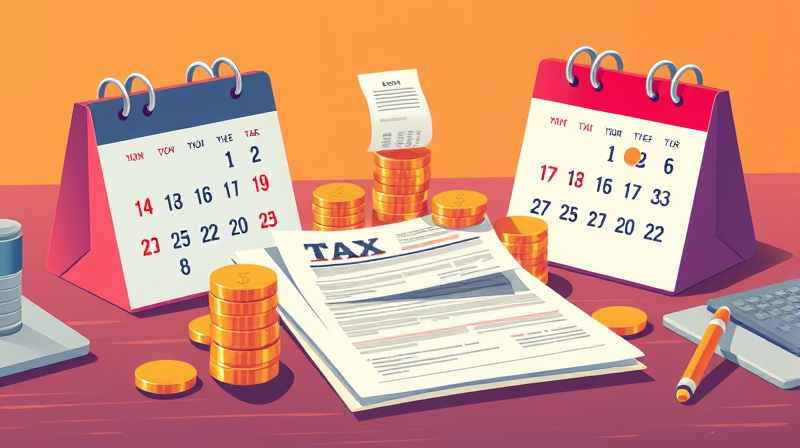
As the calendar flips to a new year, a simple yet powerful step often goes unnoticed: reviewing your tax withholding settings. This routine check can be the difference between financial peace and an unpleasant surprise come filing season.
With just a few minutes of attention, you can avoid unexpected tax bills and penalties, optimize your cash flow, and take control of your financial well-being.
Each tax year ushers in modifications to tax codes, standard deductions, and marginal rates. These updates can subtly shift how much is withheld from every paycheck, making last year’s settings obsolete.
Life changes also play a critical role. From welcoming a new family member to starting a side gig, each event creates ripples in your tax calculations. Overlooking these factors may result in either under-paying taxes—with penalties and interest—or unnecessarily over-paying and losing out on essential funds.
By making this review an annual habit, you ensure your withholding aligns with both changes in tax law, deductions, and brackets and any personal milestones you’ve experienced.
Imagine receiving a refund so large it could have funded a vacation, only to realize you effectively provided an interest-free loan to IRS all year. Proper withholding strikes a balance, delivering what you owe and no more.
The IRS regularly adjusts thresholds to account for inflation and legislative updates. For 2025, these changes include higher standard deductions and adjusted tax brackets:
In addition, bracket thresholds have shifted upward. The 12% bracket now starts at $11,925 for singles, and the top rate of 37% kicks in at $626,350. These updates mean that if you maintain outdated withholding settings, you may be withholding too much or too little tax each pay period.
Given these developments, it’s vital to recognize that standard deduction amounts have increased significantly—but only if you adjust your withholding to reflect them.
Employers rely on IRS withholding tables combined with the information you provide on Form W-4 to determine how much tax to withhold. Your filing status, total expected income, and the number of dependents directly feed into these calculations.
Additional adjustments, such as extra amounts you request be withheld, can fine-tune your periodic withholdings. Without clear, up-to-date data on your W-4, the system may withhold at a less accurate rate, leading to mismatches at year-end.
Familiarizing yourself with variables like filing status, dependents, extra withholding enables you to complete your W-4 with confidence and precision.
Follow these steps to ensure your withholding matches your personal and financial situation:
These actions help you use the IRS Tax Withholding Estimator accurately and submit a new W-4 to your employer with confidence that it will reflect your true liability.
Regularly reassess your withholding in response to significant events. Common triggers include:
Such occasions represent major life events or income shifts that can dramatically affect your tax outcome and must prompt a withholding review.
Overlooking your annual withholding check can lead to real financial stress. Under-withholding means you’ll owe a potentially large sum at tax time, plus penalties and interest that can strain your budget.
Conversely, excessive withholding results in a bloated refund. While a big refund might feel like a windfall, it essentially means you gave the government an interest-free loan to IRS you could have used for investments, debt reduction, or daily expenses.
Accurate withholding prevents both unpleasant surprises and missed opportunities to put your money to work during the year.
By embedding an annual withholding review into your financial routine, you safeguard against unexpected bills and maintain the freedom to allocate your resources effectively. Here are a few final reminders:
Effective withholding means financial flexibility throughout the year, smoother budgeting, and reduced stress when filing. Embrace this straightforward annual task and empower your financial journey with clarity and confidence.
Your future self will thank you for taking the time to align your withholding with your financial reality. Start today, and transform tax season from a moment of anxiety into a period of well-earned satisfaction.
References













